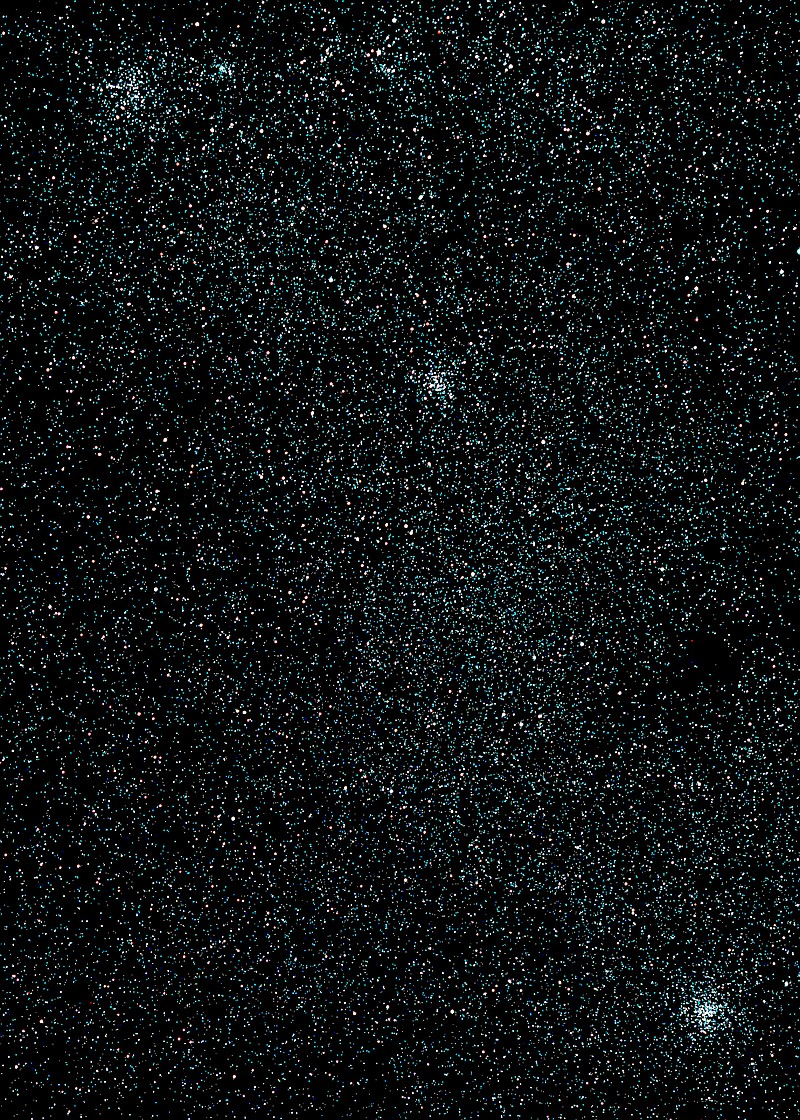As I write this, it is only 3 degrees and cloudy. I am writing this in February, so I am hoping by the time you see this, things have gotten better for stargazers.
In a previous column, I discussed open clusters. These are groups of stars forming a gravitationally-bound system of stars, ranging in number from several dozen to several hundreds of stars and even more.
Sometimes clusters cluster! In spiral galaxies, such as our own Milky Way, this is common. These open clusters form from a cloud of hydrogen many light-years across. Hydrogen, a gas, has mass, and therefore it generates gravity. If the formation cloud is dense enough, it will collapse into stars which begin thermonuclear fusion and thus shine by the same mechanism our Sun shines. Over time, these stars in these clusters will spin off and become young, hot stars spread out in the spiral arms of their home galaxy. Sometimes, the primordial gas clouds exist fairly close to one another and more than one open cluster forms -- clusters cluster!
I have included an image of just such a "clustered cluster" in this column. All three of the clusters you see are within the boundaries of Auriga the Charioteer, a constellation that is just about overhead in March. These can be seen with some large binoculars, but a telescope would be much better for seeing them. You can look at professional images of them by using your browser to find M36, M37, and M38. The designation 'M' means these clusters were first found by Charles Messier, a French amateur comet hunter living in the 1700s. (He did find several comets in his career.) Taking a larger perspective, these clusters lie along an arm of the winter Milky Way and are common types.
If you want to see planets, Mars can still be seen towards the western horizon, but it sets earlier and earlier and it is quite a bit smaller in apparent size than when it was closest to Earth some months ago. Jupiter and Saturn can be seen before dawn, low on the eastern horizon. I can tell you, if temperatures continue as they have lately, I certainly won't be getting up to view them! However, if you can find them just before dawn, they may be quite spectacular because, at dawn, the air is often steady and steady air makes for steady viewing of the planets.
Weather conducive to seeing the night sky must return sometime! Perhaps March will give us opportunities to see wonders some of you may never have seen. Until clear weather with warmer nights returns, I will be huddled inside my house, planning on what I can next discover and perhaps photograph for another column. Stay warm and safe!
-- David Cater is a former faculty member of JBU. Email him at [email protected]. Opinions expressed are those of the author.


